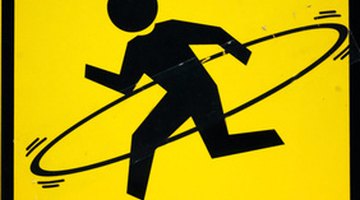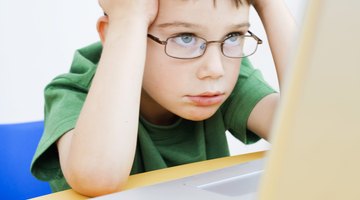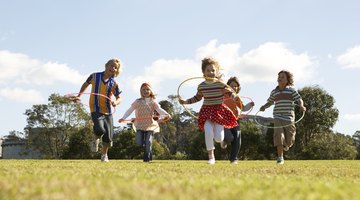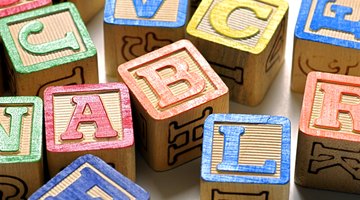The Importance of Physical Play in Child Development
Physical play includes activities that use physical movements to allow children to use their energy, and it gives children the chance to develop gross and fine motor skills, learn new things and socialize.
Physical play also benefits a child’s health. Understanding the importance of physical play is vital to your child’s development.
Learning
According to the Child Development Institute, 75 percent of brain development occurs after birth.
Physical play helps a child to develop connections between the nerve cells and the brain.
As these connections develop, a child’s fine and gross motor skills, socialization, personal awareness, language, creativity and problem solving are improved. Ideal physical play incorporates play with social interactions and problem solving.
Health

Activities That Promote Physical, Cognitive & Creative Development
Learn More
Physical play provides various health benefits.
According to the North Carolina Child Care Health and Safety Resource Center, physical activity promotes early brain development and learning in infants and young children. It also decreases the risk of developing health conditions like coronary heart disease, high blood pressure, diabetes mellitus, obesity and many other chronic health conditions.
Outdoor Play
Physical play mostly occurs outside and provides children the opportunity to release their energy using vigorous activity and loud voices. According to the North Carolina Child Care Health and Safety Resource Center, “All children birth to age five as well as school age children should engage in daily physical activity that promotes health-related fitness and movement skills.”
Most children naturally develop the ability to run and walk. However, they require practice and instruction to develop hopping, galloping, sliding, catching, jumping, throwing, kicking, bouncing and striking skills. Children incorporate these skills into sports, games and dance. Playgrounds are perfect places for a child to develop mental connections, socialize and develop fine and gross motor skills.
Indoor Play

How Does Play Affect the Growth & Development of Children?
Learn More
Many children lack indoor physical play because many environments are not conducive to indoor physical play.
However, indoor physical play provides a safe, supervised way to incorporate learning.
If space is lacking, move furniture, use a hallway or use a covered outdoor area (like a covered porch, pavilion area or awning) to provide space for guided physical play. These areas provide the perfect environment for gentle games of catch, Duck-Duck-Goose, bowling, Simon Says, dancing or various other physically active games.
Technology
According to the Child Development Institute, electronic media--including television, video games, movies, cell phones, and the Internet--has a great effect on physical play. Children are spending more and more time engaged in passive play, using a keyboard or electronic device. While this can have some benefits, they should spend most of their time physically playing and interacting with others. Parents need to understand their child's play needs and provide an environment that will allow for both passive and physical play.











